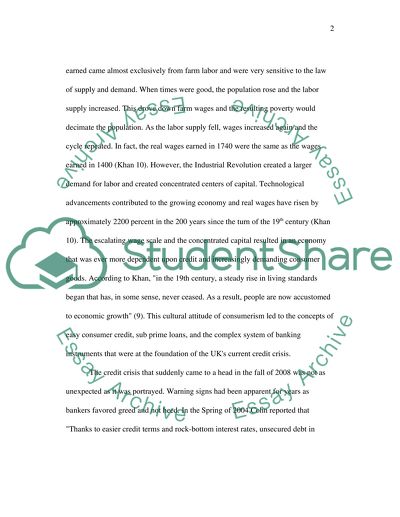Cite this document
(The Credit Crunch in the United Kingdom Case Study, n.d.)
The Credit Crunch in the United Kingdom Case Study. Retrieved from https://studentshare.org/finance-accounting/1550534-credit-crunch-uk
The Credit Crunch in the United Kingdom Case Study. Retrieved from https://studentshare.org/finance-accounting/1550534-credit-crunch-uk
(The Credit Crunch in the United Kingdom Case Study)
The Credit Crunch in the United Kingdom Case Study. https://studentshare.org/finance-accounting/1550534-credit-crunch-uk.
The Credit Crunch in the United Kingdom Case Study. https://studentshare.org/finance-accounting/1550534-credit-crunch-uk.
“The Credit Crunch in the United Kingdom Case Study”. https://studentshare.org/finance-accounting/1550534-credit-crunch-uk.


